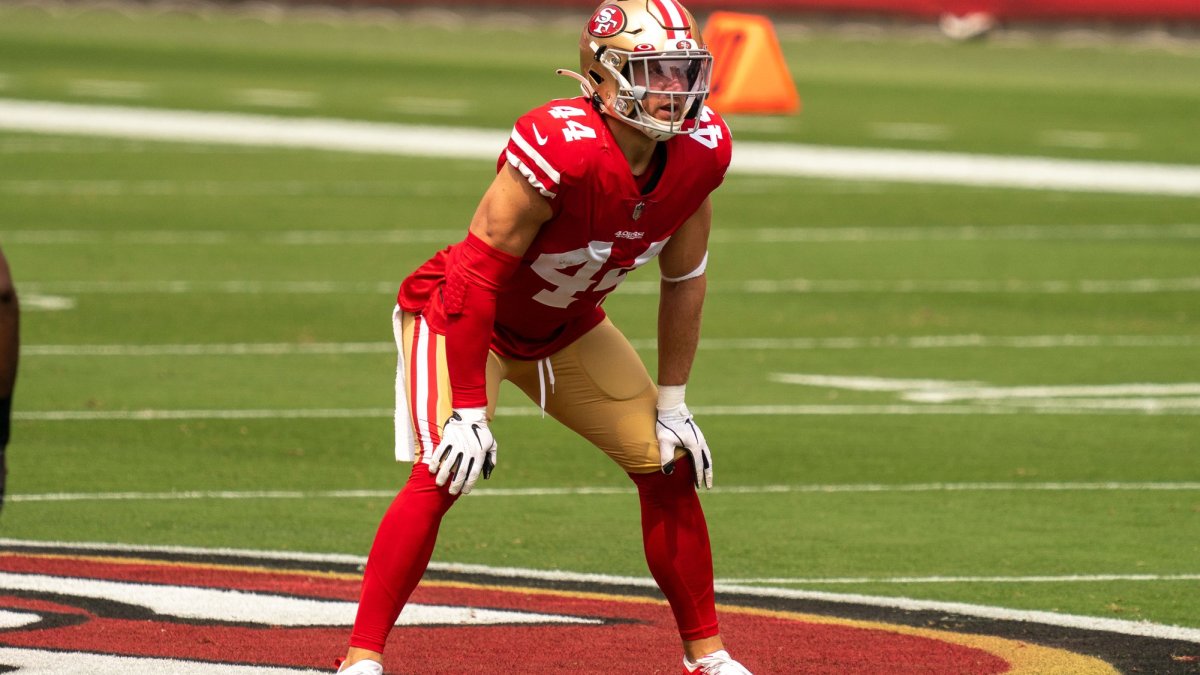If running backs don’t matter, then fullbacks are goners. On over 100,000 snaps since 2018, a fullback has been on the field for only a hair more than 10,000 snaps. Almost 2,500 of these snaps belong to the San Francisco 49ers and Minnesota Vikings. Over the three-year sample, the return on investment doesn't justify the usage; only four teams have had fullback play that PFF grades out above 70.0, and two of them used fullbacks on fewer than 100 snaps.

Top runs used by personnel (2018-20)
| Personnel Package | Primary Run Concept | Secondary Run Concept | Tertiary Run Concept |
| 12 Personnel (1 RB, 2 TE, 2 WR) | Inside Zone – 33% | Outside Zone – 26% | Man Scheme – 18% |
| 21 Personnel (2 RB, 1 TE, 2 WR) | Outside Zone – 30% | Inside Zone – 27% | Man Scheme – 10% |
Two-back offenses have gone by the wayside in presentation, but the central philosophies remain. The NFL lives in a zone-blocking world, and the most important piece of the zone scheme is an ability to create additional gaps at the line of scrimmage. In spite of the almost identical zone run productivity over the years, the top two 12 personnel formations have almost doubled in usage.
12 & 21 Personnel formations used in zone run schemes (2018-20)
| Formation (Personnel) | Rushing Attempts | Yards Per Carry | Explosive Run rate | Touchdown rate |
| Doubles – Multiple TE (12 Personnel) | 2,350 | 4.2 | 9.7% | 2.7% |
| Trips – Multiple TE (12 Personnel) | 1,420 | 4.1 | 9.9% | 1.4% |
| Pro (21 Personnel) | 1,230 | 4.2 | 11.2% | 0.9% |
| Slot (21 Personnel) | 768 | 4.4 | 10.1% | 1.8% |
12 and 21 personnel are a near 50-50 split in run/pass tendency. For personnel packages with genuine balance, the play-action pass is a fundamental piece of keeping defenses honest while manufacturing explosive passing opportunities despite a deficit in on-field receiving talent. Both offensive groupings use play fakes on 48% of their dropbacks, and the two packages perform just about the same rate.
Exclusive content for premium subscribers

WANT TO KEEP READING?
Dominate Fantasy Football & Betting with AI-Powered Data & Tools Trusted By All 32 Teams
Already have a subscription? Log in



 © 2025 PFF - all rights reserved.
© 2025 PFF - all rights reserved.